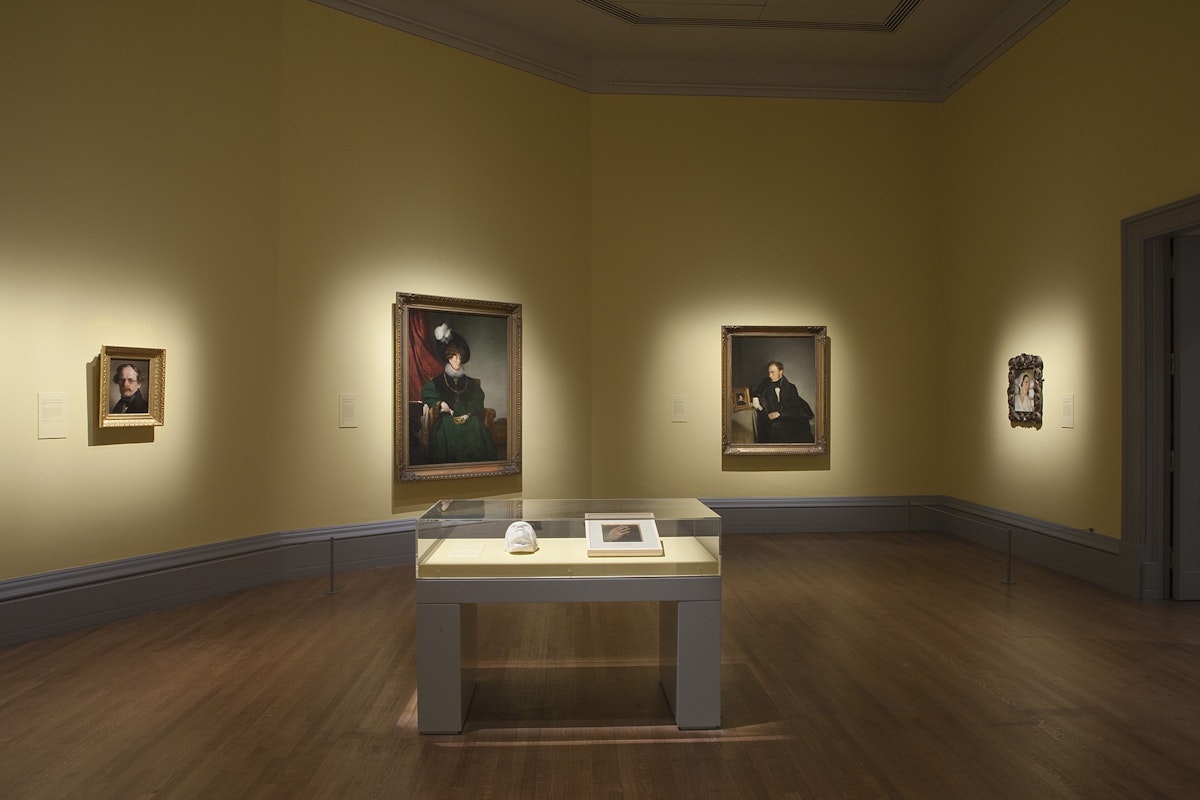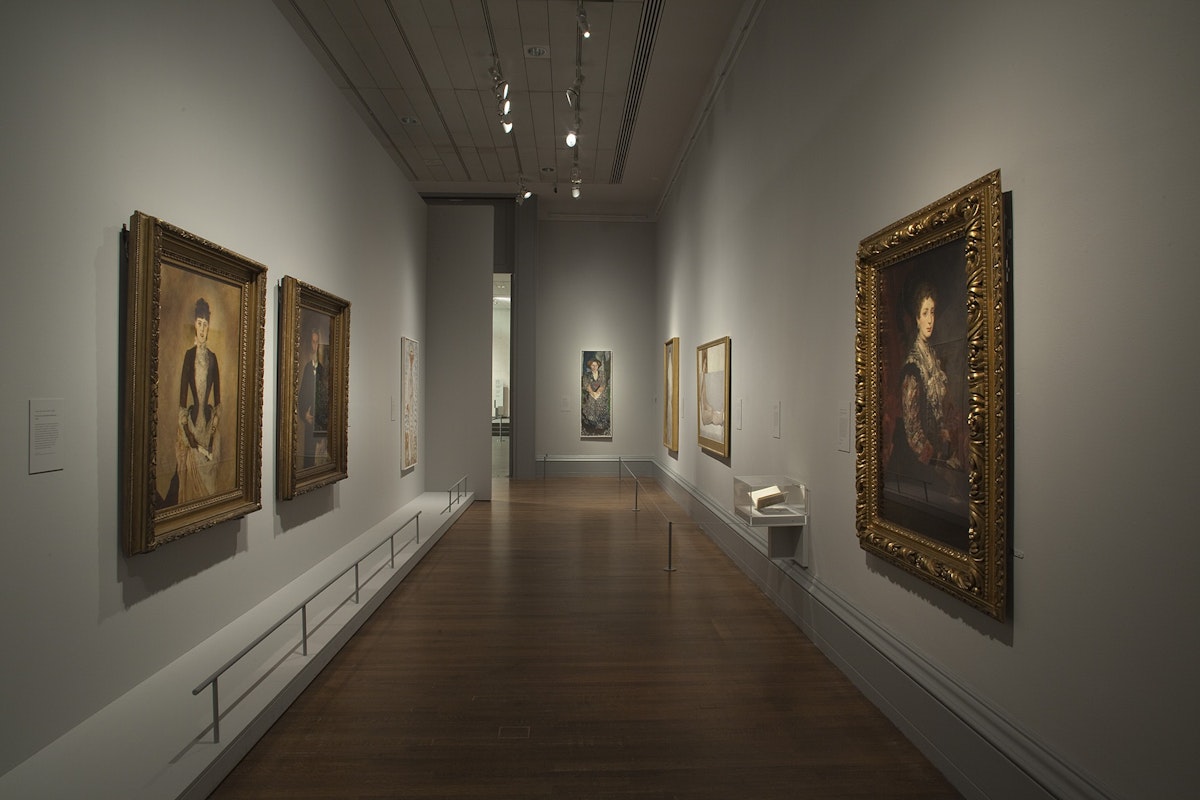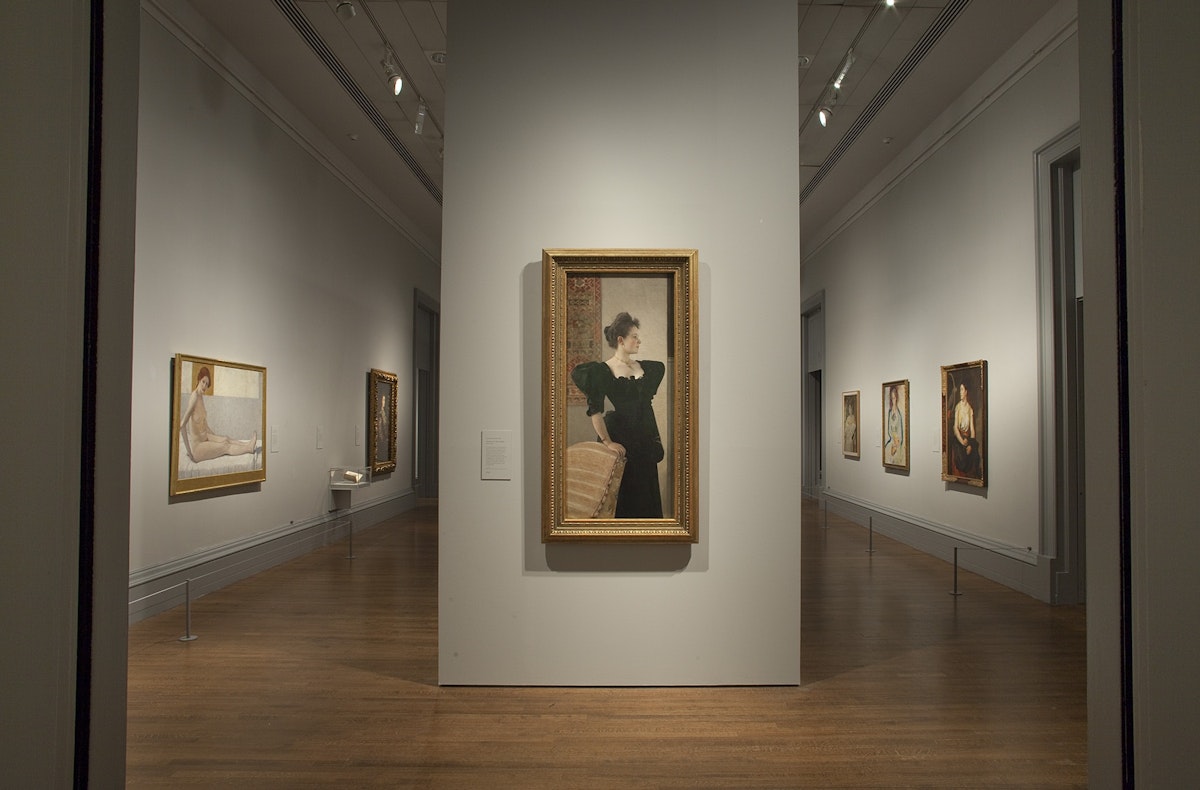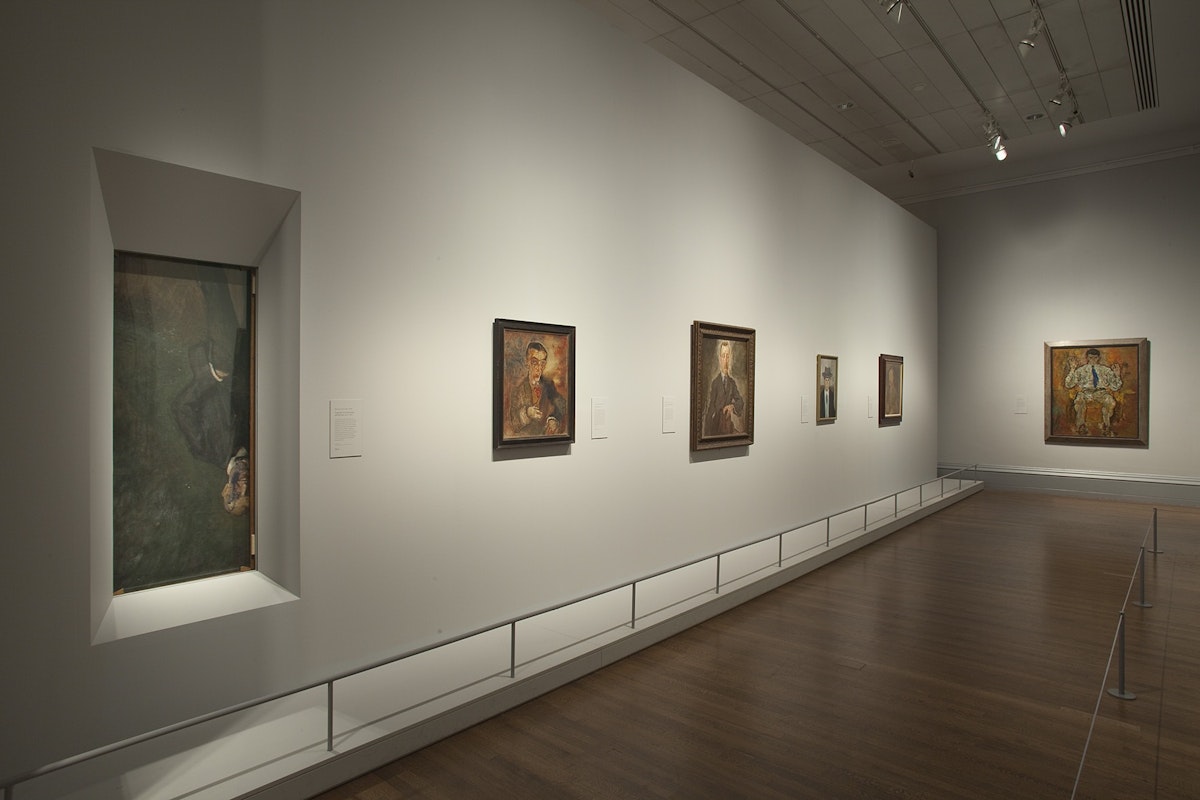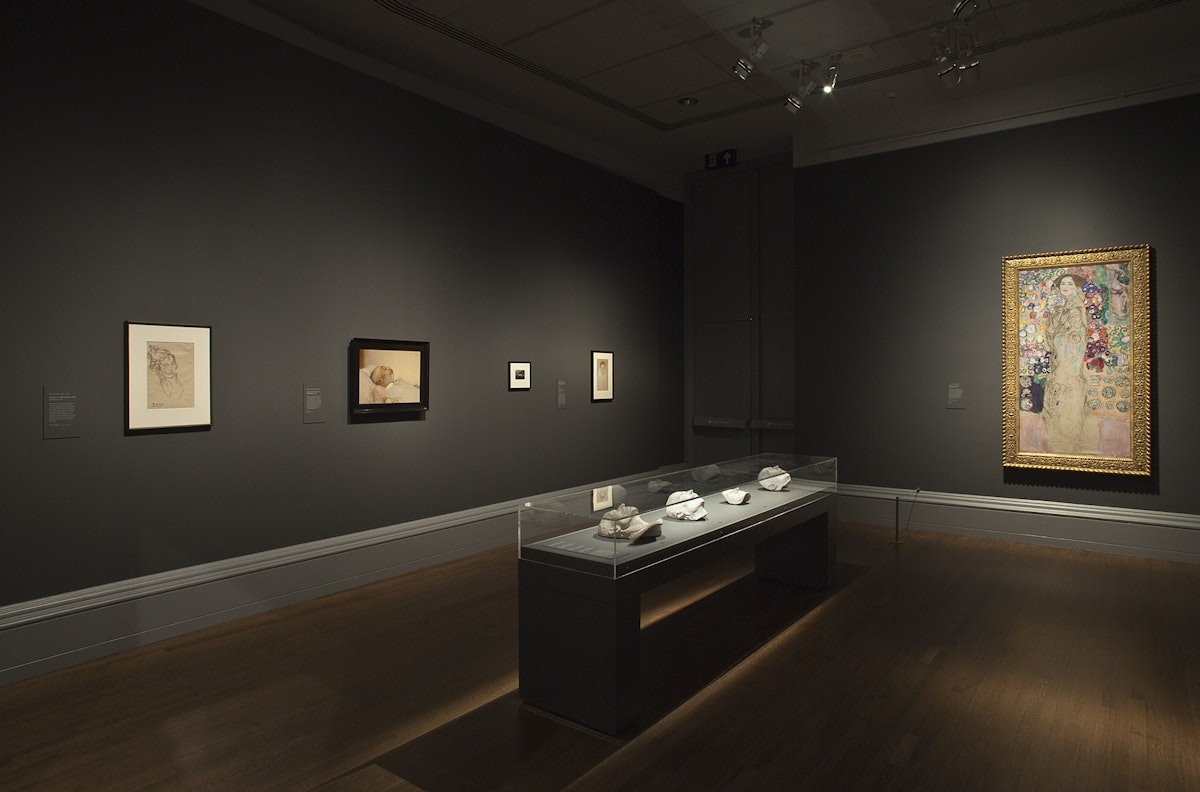Facing the Modern: The Portrait in Vienna 1900 (2014-15)
National Gallery, London (Oct - Jan 2014). Exhibition design by Alan Farlie
Portraiture is the genre most closely identified with the flourishing of modern art in Vienna 1900. Working to the demands of patrons from the city’s burgeoning middle classes, artists focused on the image of the individual. Commemorative and critical, cautious and radical, their portraits chart the changing fortunes of men, women and children as they faced the distinctly modern challenge of living in one of the most diverse cities of its time. From 1867 to the end of the First World War in 1918, Vienna was the imperial capital of Austria-Hungary, one of the largest countries in Europe, comprising 11 national groups. If the period began with liberal and democratic reform, urban and economic renewal, and religious and ethnic tolerance, it ended with the rise of conservative, nationalist and anti-Semitic mass movements. Such dramatic changes had a profound impact on the composition and confidence of Vienna’s middle classes, many of them immigrants with Jewish histories. Portraits were the means by which this sector of society, the ‘New Viennese’, declared its status and sense of belonging to the city. At the start of the 20th century, in the years leading up to the First World War, they also served to express its anxiety and alienation. Through portraits of a startling variety, Facing the Modern told the story of Vienna’s middle classes – their rise and fall in political power, their hopes for the future, and their claims to the past.
